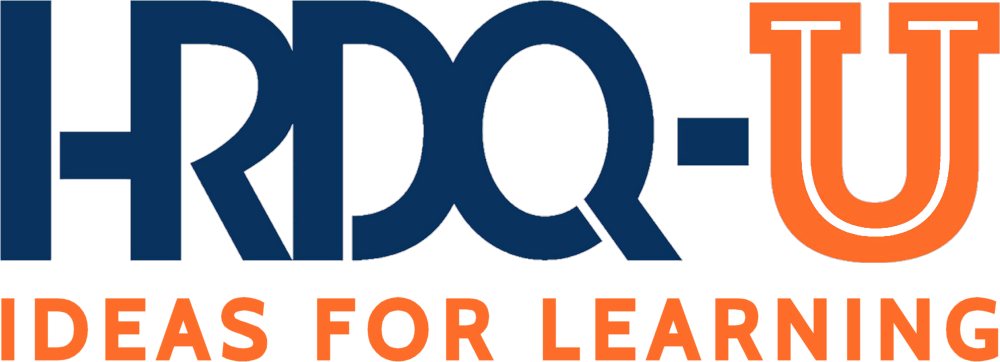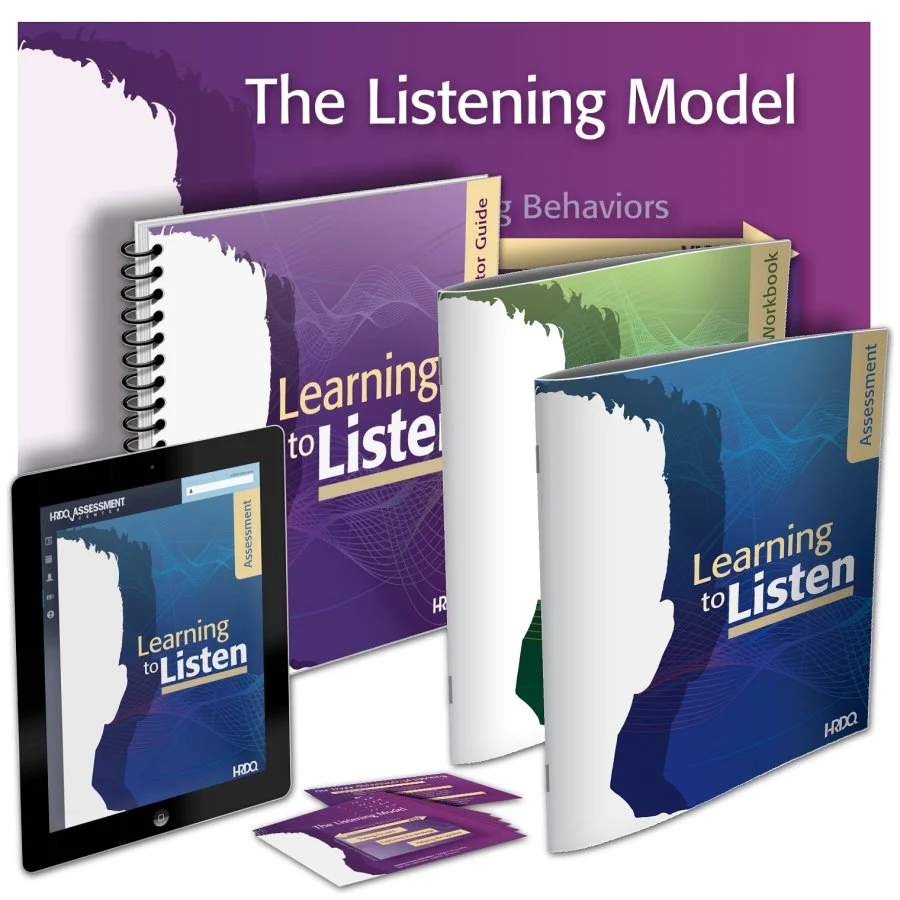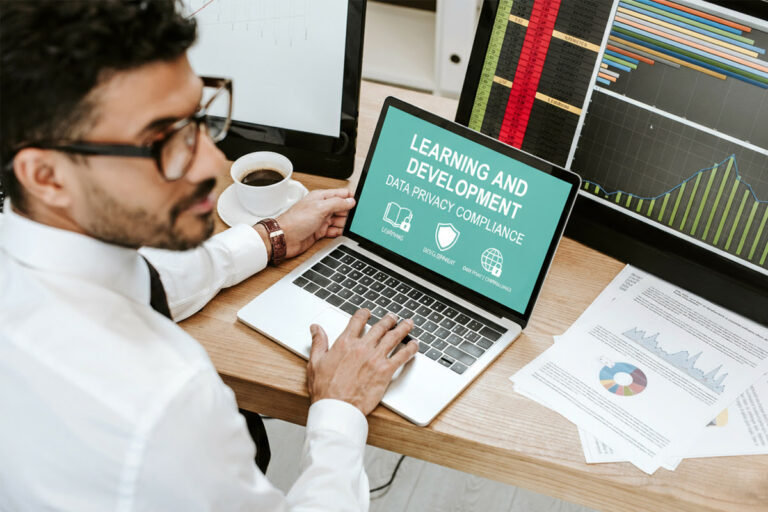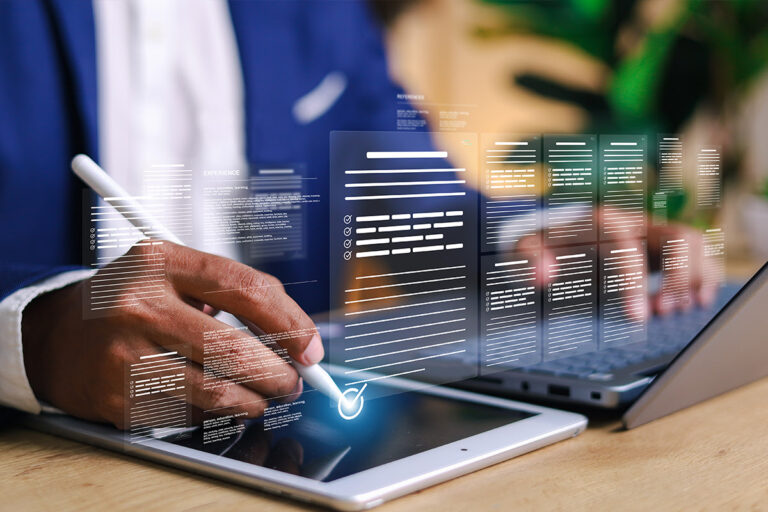Discover the top 12 barriers to effective listening, and learn strategies to overcome them. Improve your communication skills with this simple guide today!
Why Is Listening Important?
Great listening skills are a key part of learning and functioning in the workplace. Hearing the information, absorbing it, and comprehending it can make a huge difference in work. Many studies suggest that even the smallest improvements in a person’s listening ability can have a noticeable impact on the overall effectiveness of communication and productivity.
According to Castleberry, Shepherd, and Ridnour, effective listening occurs when there is a high degree of correspondence between the sender’s original message and the listener’s recreation of that message. Communication is a two-way street, but it is up to the listener to make sure they are receiving the information accurately.
Listening well is essential for nearly all work areas. These skills are crucial in teamwork, problem solving, decision making, managing, supervising, negotiating, customer service, sales, and more.



























